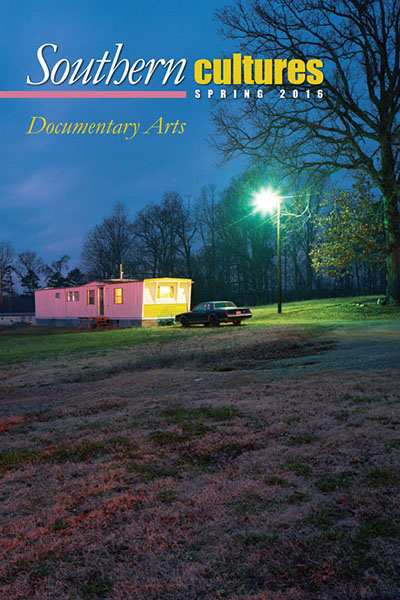“How do we find a documentary voice that makes room for the documentary artist’s point of view and also embraces . . . those voices of local people who talk to us in ways we understand but would rather not hear?”
In the days immediately following the terror in Charleston, South Carolina, and the murder of nine people attending bible study at the Mother Emanuel AME Church, I was certain I heard a particularly revealing comment on the radio from Reverend Norvel Goff. Reverend Goff, presiding elder of the 7th District AME Church in South Carolina, became interim pastor of Emanuel AME after the murder of Reverend Clemente Pinkney. Reverend Goff officiated all of the memorial services in the weeks following. I’m convinced I heard him, in an interview with NPR or some other in-depth radio program, say that he and others at Mother Emanuel were to the point of “thinking in photographs,” having witnessed so many images in the news. Reverend Goff’s insightful way of talking about the power and primacy of the visual message struck me as even more interesting for the fact that he was so often the one photographed, so often among those represented in the media. Even those in the middle of such a dramatic and difficult time, I thought, could see how photographs were beginning to define the experience for all of us. As I went to confirm just what Reverend Goff had said so that I could quote him verbatim I could find no trace of any comments about photography. Had I dreamed it? Did I simply imagine this eloquent minister as visual culture critic? Or were the photographs working on me in a way that I was the one “thinking in photographs”?


